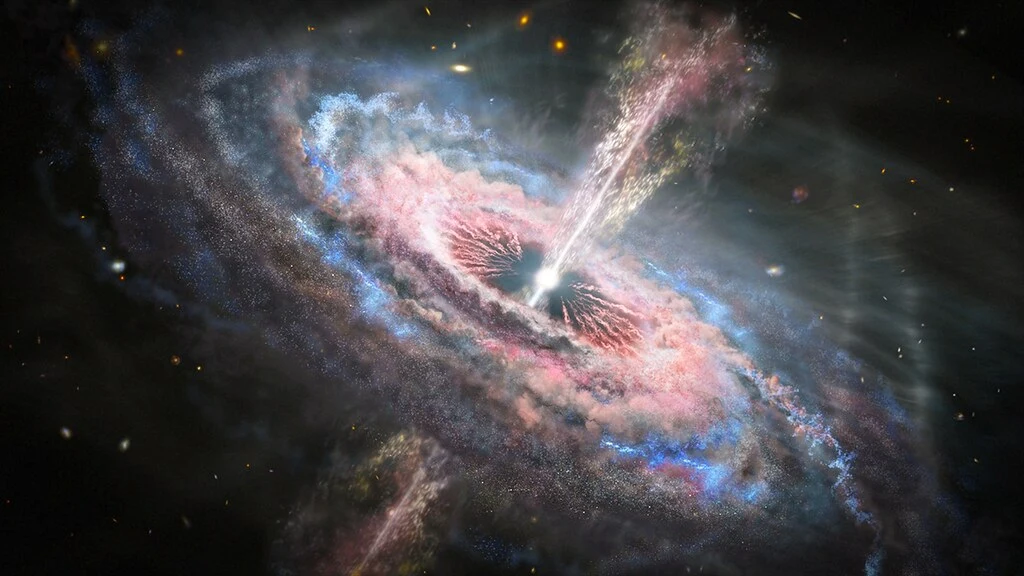Have you ever wondered what lies at the heart of a galaxy, millions of light years away from us? What mysterious objects lurk in the depths of space, pulling in everything that comes too close to them, even light itself? The answer lies in Supermassive Black Holes.
This article aims to explain what Supermassive Black Holes are, how they form, their properties and characteristics, and their role in the Universe. So buckle up and get ready to explore the depths of space and time!
Introduction
Black Holes are one of the most mysterious objects in the Universe. They are regions in space where the gravitational pull is so strong that nothing, not even light, can escape. Supermassive Black Holes are the largest type of Black Holes, with masses ranging from millions to billions of times that of the Sun. They are found at the center of most galaxies, including our own Milky Way.
Formation of Supermassive Black Holes
The exact mechanism of how Supermassive Black Holes form is still not completely understood. However, scientists have come up with several theories. One theory suggests that they are formed from the collapse of massive clouds of gas and dust. Another theory proposes that they are the result of the merging of smaller Black Holes. Yet another theory suggests that they formed during the early stages of the Universe’s evolution, shortly after the Big Bang.
Properties and Characteristics of Supermassive Black Holes
Supermassive Black Holes have several unique properties and characteristics. Some of the most notable ones include:
- Event Horizon: The point of no return beyond which nothing, not even light, can escape the Black Hole’s gravitational pull.
- Singularity: The center of the Black Hole, where the laws of physics as we know them break down.
- Spacetime: The fabric of the Universe that is distorted by the Black Hole’s gravity.
- Gravity: The force that pulls objects towards the Black Hole, increasing as they get closer to it.
- Relativity: The theory that describes how gravity works in the presence of massive objects like Black Holes.
- Accretion Disk: The disk of gas and dust that surrounds the Black Hole and spirals towards it.
- Hawking Radiation: The radiation emitted by the Black Hole due to quantum effects near its event horizon.
- Escape Velocity: The speed required to escape the Black Hole’s gravitational pull.
- Quasar: A type of active galactic nucleus powered by the accretion disk of a Supermassive Black Hole.
- Cosmic Microwave Background: The afterglow of the Big Bang that fills the entire Universe.
- Wormhole: A hypothetical tunnel-like structure that connects two distant points in spacetime.
- Interstellar Medium: The matter and radiation that fills the space between stars in a galaxy.
- Neutron Star: The densest type of star formed from the remnants of a supernova explosion.
- Gamma Ray Burst: A powerful burst of gamma rays emitted by a dying star or a Black Hole.
- White Dwarf: A small, dense star formed from the remnants of a low-mass star.
- Red Giant: A large, evolved star that is nearing the end of its life.
- Chandrasekhar Limit: The maximum mass that a stable white dwarf can have.
- Galactic Center: The region at the center of a galaxy where a Supermassive Black Hole resides.
- X-ray Astronomy: The study of the Universe using X-ray radiation emitted by celestial objects.
- Black Hole Paradox: The contradiction

1 thought on “Understanding the Universe’s Most Mysterious Objects Black Holes”